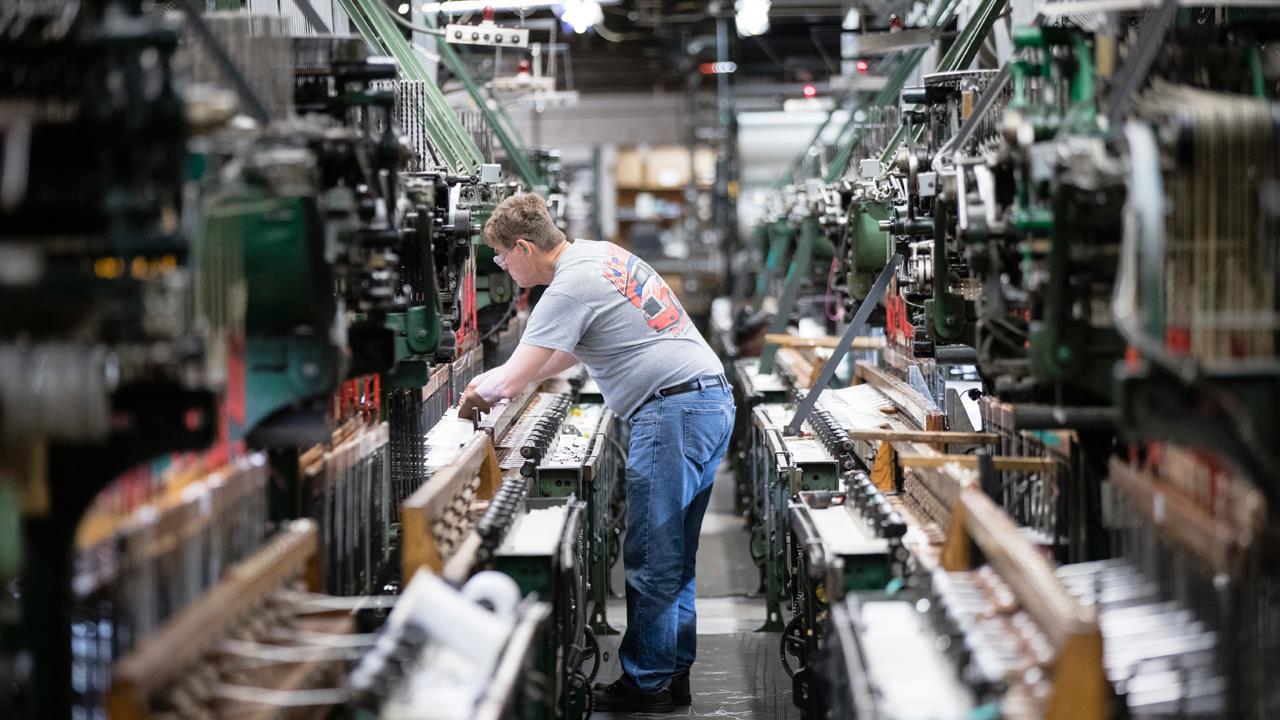Worker shortage may cause wages to surge, study shows
A global worker shortage could cause wages to rise over the course of the next decade, a recent study showed.
By 2030, organizations across the world will be short more than 85 million workers – more than the current population of Germany, according to Korn Ferry Institute. In order to attract and retain talent, companies could end up shelling out an additional $2.5 trillion.
The study found that a 1 percent workforce shortage translates to a 1 percent wage premium for workers.
The U.S. would see the biggest increase in wages, jumping $531 billion by 2030, thanks to estimated labor shortages. By 2025, U.S. wage premiums could rise by $400 billion.
Multiple countries are expected to face wage premiums in the hundreds of billions by 2030, according to Korn Ferry’s analysis, including China, Japan, Germany, Brazil, the United Kingdom and Russia. In Japan, the wage premium is expected to rise by $468 billion over the next 12 years.
Industries ranging from financial and business services to technology, media and communications to manufacturing will all likely feel the pain.
The worker shortage is unlikely to result from a shortage of personnel but rather of qualified applicants. As such, Korn Ferry predicts companies will have to incentivize the workers they desire with “ever-bigger pay packets, creating a vicious cycle of rising costs.” That fact could exacerbate the wage gap between skilled and unskilled workers.
The pay premium that every highly-skilled worker across the globe could command by 2030 is more than $11,100, the study estimates. It is slightly lower in the U.S., at $8,300 – and much higher in Hong Kong at $40,500.
Multiple sectors across the U.S. economy are already experiencing the effects of the labor shortage, including construction and trucking. Some companies within those sectors have responded by raising pay.
However, overall U.S. wages have remained unusually stagnant at a time when the labor market is strengthening.
While wages in August grew at 2.9 percent, the most in nearly 10 years, it was largely attributable to an uptick in hours worked rather than actual pay. Growth rates still remain below the prerecession norm.
Even Federal Reserve Chair Jerome Powell has said he expected “wages to react more” to the significant reduction in the unemployment rate, especially given the labor shortages across numerous industries. Powell called the situation “a bit of a puzzle” in June.
Some economists have attributed lagging wage growth to a lack of productivity. National Economic Director Larry Kudlow recently said he saw early signs of acceleration where that metric is concerned.




















